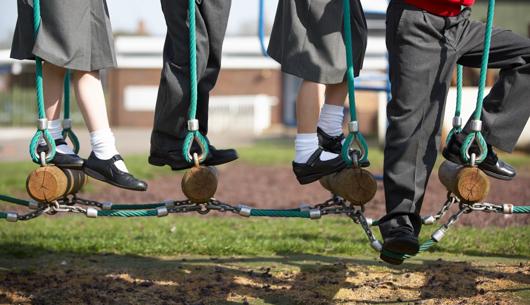Consultation opens on Keeping Children Safe in Education 2020
There are some significant changes proposed for the next version of the Keeping Children Safe in Education guidance, due out this September.
There are some significant changes proposed for the next version of the Keeping Children Safe in Education guidance, due out this September. With the consultation now open, our safeguarding lead, Dai Durbridge, walks you through the key areas for consideration.
There are some important tweaks and enhancements suggested to most parts of the guidance, with the three most significant updates proposed to:
- managing allegations against staff;
- safer recruitment; and
- the role of the Designated Safeguarding Lead (DSL).
Some of the other more straightforward proposals include:
- the addition of four paragraphs to Part One and Part Two, setting out how mental health should be embedded into safeguarding requirements;
- additional content in Part One and Annex B highlighting the increasing threat of criminal exploitation and serious violence;
- greater prominence of online safety by moving much of the content from Annex C into the main body of the guidance;
- the development of content in Part Five on child-on-child sexual violence and sexual harassment. An introduction has been added to provide additional context and advice has been strengthened to encourage staff to act immediately if they have concerns (and not to await disclosure).
There is nothing controversial in any of these proposals and my bet would be that they will make their way into the final guidance pretty much as drafted. The other proposals require further scrutiny.
1. Managing allegations against staff
There is an important proposed change around recording low-level concerns that is designed to put into guidance what many of you are already doing as good practice. The proposed definition of a low-level concern is ‘one falling short of the threshold that would lead to an investigation into an allegation as set out in Part Four of KCSIE’.
This is very broad as a definition and we need to be careful we do not create an industry by recording things that are not concerns. I expect there will be some feedback on this point as part of the consultation.
It is also worth noting that a fourth bullet point has been added to the threshold test to improve the management of transferable risk (paragraph 310).
Finally, a new section has been added at 325-329 to provide more information regarding the management of allegations against supply staff, which in my opinion is a sensible addition.
2. Safer recruitment
Part Three is being shaken up to balance the focus between pre-recruitment checks and an ongoing strong safeguarding culture. For me, this is a really good proposal and in line with some of the best practice in schools today.
I have been saying for some time that pre-recruitment checks only help you get a snapshot of the individual you are allowing through the door, but little more. The greatest understanding you will get will come from the ongoing management of that individual and an open culture where people feel comfortable flagging even the lowest level of concern.
I should also stress that the pre-recruitment checks are not changing – you still need to do them. You will also be expected to promote your safeguarding culture during the recruitment process.
3. Expanding the role of the DSL
As well as a natural expansion of the DSL role, as a direct result of the other proposed changes, the consultation is looking for comment on the extent to which DSLs already provide support to children who need or have needed a social worker. The need for additional resources and training is also being consulted upon.
This suggests it is likely that the DSL role will expand further in due course. We are used to that, with the DSL role being expanded almost every time new guidance has been issued. I do wonder how far we are from most schools having DSLs who have no other role. There are obvious resource and budget implications if we go down this path, but it is certainly something I would recommend large schools and MATs (if not the whole the sector) consider in the near future.
The consultation is open until 21 April 2020 and I encourage you to take a look at the proposals and share your views so that you can help shape the next edition of this important guidance.
Contact

Dai Durbridge
Partner
dai.durbridge@brownejacobson.com
+44 (0)330 045 2105







































